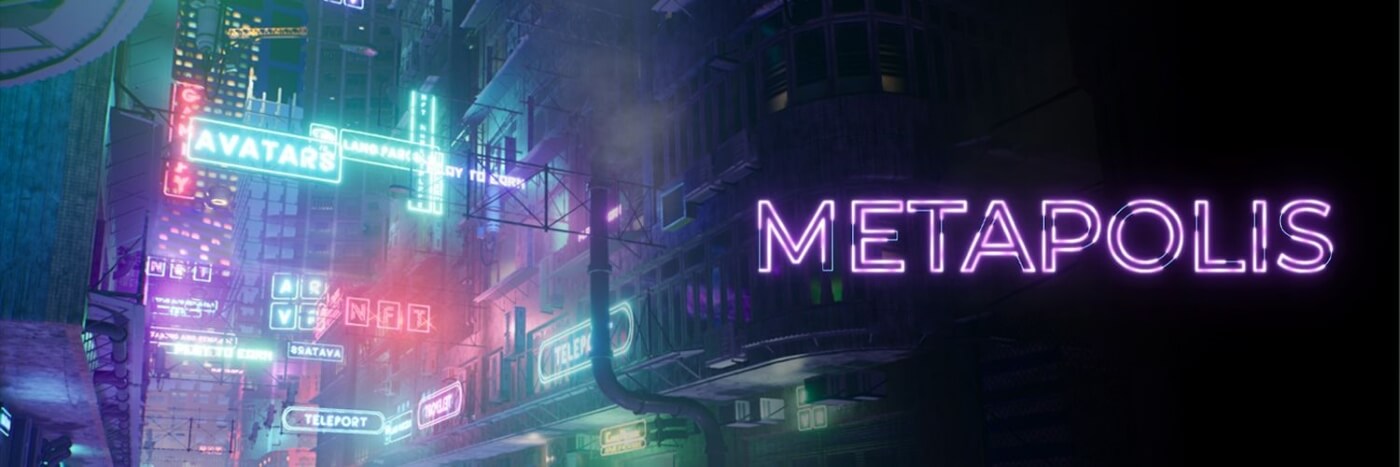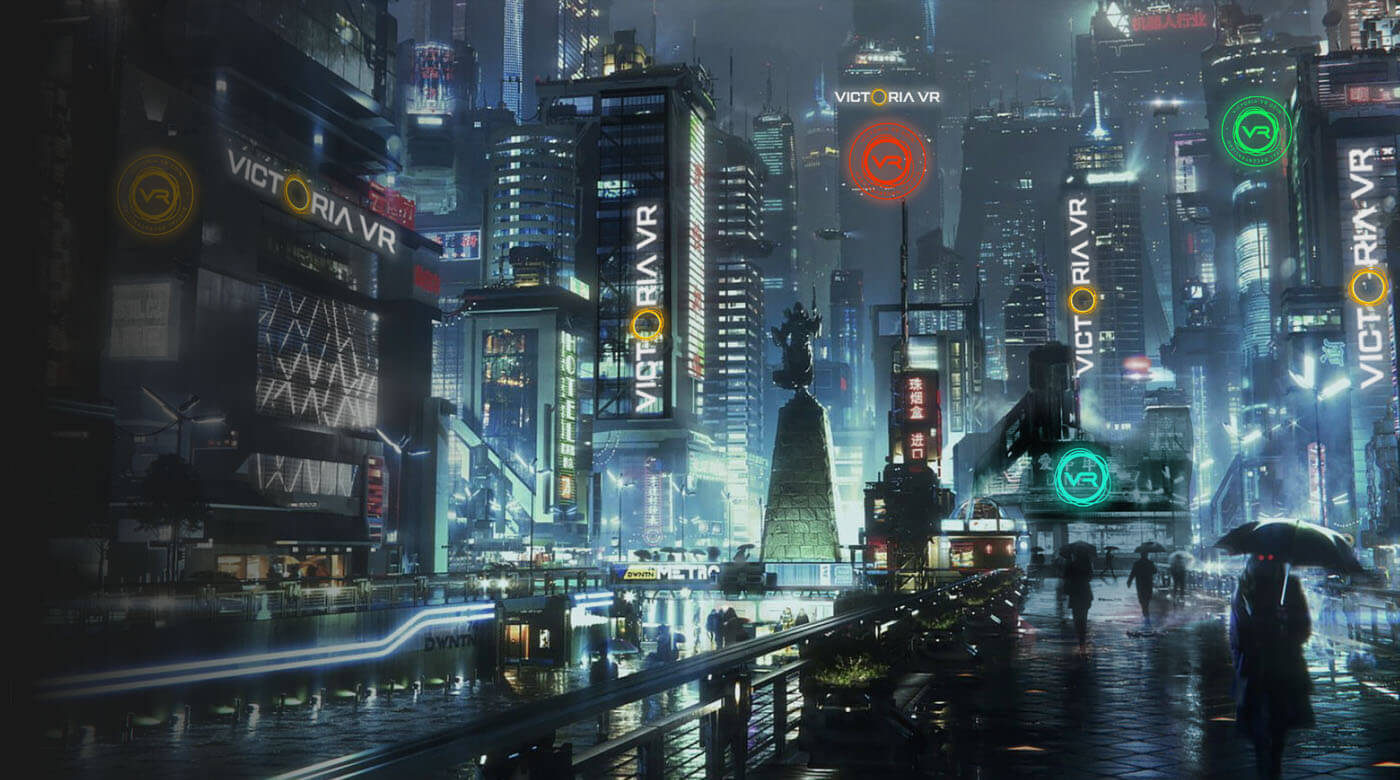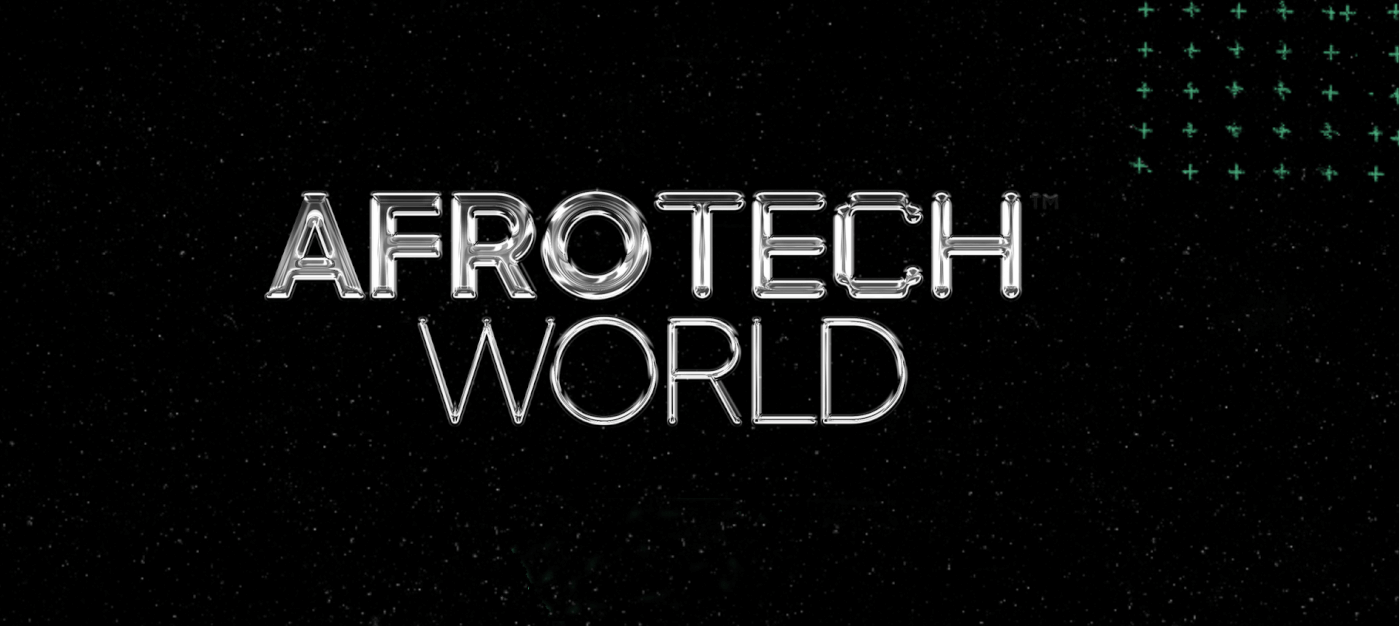Is the Key to the Metaverse More Links Between Virtual Spaces?

This article was originally published on arpost.co

This article was originally published on arpost.co

This article was originally published on arpost.co
I can’t remember a period in my lifetime where the political and social conversation was more polarized. For every opinion, no matter how inane, you can find someone on the internet to vehemently disagree. However, one take is nearly universally endorsed across the sociopolitical spectrum: Mark Zuckerberg is not a force for good in the world. The recent news that Meta can take nearly a 50% cut of goods sold on Horizon Worlds, its metaverse platform, received widespread condemnation, uniting everyone from Fortune 500 CEOs, to left-wing Twitter, to whatever category Elon Musk falls into. The headlines hit many of the familiar talking points levied against Meta: greedy, hypocritical, unfriendly to creatives, and run by a cruel young cyber-monarch. But, more importantly, this news also sheds light on Zuckerberg’s troubling concept of the metaverse: a top-down, closed system controlled by a single organization. .ud361b6b33f4172bfc566fdcd954594e4 { padding:0px; margin: 0; padding-top:1em!important;

This article was originally published on arpost.co
saidNavigating the Metaverse: A Guide to Limitless Possibilities in a Web 3.0 World is a new book by Cathy Hackl, Dirk Lueth, and Tommaso Di Bartolo. We got an advance copy of the book, and spoke with the authors, as well as the editor John Arkontaky, to learn more about how the book came together. Navigating “Navigating the Metaverse” Navigating the Metaverse consists of information-dense chapters broken up into manageable sections – a necessary consideration for a topic so branching and nebulous. While the metaverse itself may be a rats’ nest of uncertainty and conflicting ideas, the book is easy to follow and the ideas are presented with confidence and clarity. “The reason we have a full writing room is because the metaverse is complex. Different viewpoints add color and context. The co-authors’ combined forces offer a blend of industry knowledge, hard business, and blue sky aspirations.” – Introduction Many
Enter the Coachellaverse. Everyone’s favorite music & arts festival Coachella is currently underway in Indio, California. This year’s event is expected to attract over 750,000 attendees as people from around the globe gather to celebrate music, art, technology, and everything in between.This year, Coachella took its first steps towards creating its very own metaverse. Referred to by event organizers as the Coachellaverse, this incredible digital experience allows fans from all around the world to interact with the festival in a brand new way using a combination of immersive technologies. This virtual platform features everything from AR technology and video games to NFTs and an interactive online community where you can connect with attendees, both on-site and at home, as well as with artists, creators, and other surprise guests. [embed]https://youtube.com/watch?v=ukXA44w_U20&version=3&rel=1&showsearch=0&showinfo=1&iv_load_policy=1&fs=1&hl=en-US&autohide=2&wmode=transparent[/embed] Coachellaverse is a huge turning point for the annual festival. As hundreds of brands integrate themselves into the metaverse, organizers
Spanish retail banking financial group CaixaBank is “entering the metaverse” through imaginLAND. This virtual destination and immersive event series is an extension of imagin, a “digital services and lifestyle platform” backed by CaixaBank. We’ve seen American financial technology groups try to “ape into” the metaverse with limited success, but CaixaBank has a different plan. Another Look at Fintech in the Metaverse If you’ve been following the gradual entrance of companies – particularly fintech companies – you might have thought of the JPMorgan lounge launched in Decentraland last month. While initially exciting and certainly still promising, the actual lounge saw little fanfare and little utility, according to emerging tech writer Lily Snyder, who visited the lounge early on. However, CaixaBank has big plans for imaginLAND. The company plans to develop new virtual experiences and services on a regular basis and renew the content available every month. imagin’s first content in the

This article was originally published on arpost.co
Genies, a 3D avatar company, announced it’s raised a $150 million Series C investment, something it says will be used to hire more engineering talent and continue development on its non-fungible token (NFT) based “avatar universe.”
The round was led by private equity firm Silver Lake, and includes participation from existing investors BOND, NEA, and Tamarack Global. This brings the company’s total outside investment to $202 million, with the company now valued at $1 billion.
The company’s main focus for now is on avatar creator tools and digital fashion collections which it hopes will be used across the metaverse—and not just sit in a crypto wallet. The company envisions creating avatar homes and social experiences in the future—presumably also minted as tradable NFTs.
In late 2021, Genies notably inked a partnership with Universal Music Group and Warner Music Group to launch its own NFT marketplace, called ‘The Warehouse’. Users and creators on the platform can buy, sell, and trade avatars and accessories, which are minted on Dapper Labs’ blockchain network, Flow. The deal also saw NFT partnerships with a number of musicians, including Justin Bieber, Migos, Cardi B, and J Balvin.
“We believe avatar ecosystems are going to shape Web3 the same way that mobile apps defined Web2,” said Akash Nigam, CEO of Genies. “With every advancement of the internet, an expansive new region of entrepreneurial skill sets is born. In Web3, Gen Z avatar ecosystem builders are going to be the leaders of innovation and, through our creator tools, we strive to empower their wildest imaginations, ideas, and experiences as avatar creations.”
It’s not clear whether this particular blockchain tech will become the standard for digital ownership in the Web3 future, where digital property ownership is set to go well beyond pictures of cartoon apes. Just the same, many household names in the XR industry are also jumping into the NFT craze. HTC opened its own NFT marketplace in December, albeit solely dedicated to ‘flat’ NFT art for now. Meta is planning to do the same on its social network Facebook, although there’s still no clear launch date.
This article was originally published on roadtovr.com
One of the biggest banking institutions in America predicts that the metaverse will be a $13 trillion industry by 2030.The global financial institution Mastercard is preparing for the metaverse economy through 15 trademarks applications that would position them as the biggest payment facilitator for a virtual world powered by crypto, fintech (financial technology), and all metaverse eCommerce technologies. The news was discovered this past week when USPTO licensed trademark attorney and specialist in intellectual property Mike Kondoudis tweeted out the details of several trademark filings that included the Mastercard name, the company’s “Circles” logo, and “Priceless” slogan. The tweet also included details such as NFT backed media, payment processing in the metaverse, marketplaces for digital goods + NFTs, and eCommerce transactions in the metaverse.🚩BREAKING🚩The number of U.S. NFT trademark applications filed in 2022 has already surpassed the number filed all of last year!Here are the numbers:▶️ 2022 1967 apps filed (so far)▶️